Supreme Soviet
The Supreme Soviet (Russian: Верховный Совет, Verkhóvnyj Sovét, English: literally "Supreme Council") was the common name for the legislative bodies (parliaments) of the Soviet socialist republics (SSR) in the Soviet Union. These soviets were modeled after the Supreme Soviet of the Soviet Union, established in 1938, and were nearly identical.[1] Soviet-approved delegates to the Supreme Soviets were periodically elected in unopposed elections.[2] The first free or semi-free elections took place during perestroika in late 1980s. The soviets were largely rubber-stamp institutions, approving decisions handed to them by the Communist Party of the Soviet Union or of each SSR.[2] The soviets met infrequently (often only twice a year for only several days) and elected the Presidium of the Supreme Soviet, a permanent body, to act on their behalf while the soviet was not in session.[3] Under the 1936 and 1977 Soviet Constitutions the Presidium of the Supreme Soviet served as the collective head of state of the Soviet Union.[4] The Supreme Soviets also elected the Council of Ministers, an executive body. After the dissolution of the Soviet Union in late December 1991, most of these soviets became the legislatures of independent countries.
Supreme Soviets of the Soviet Republics
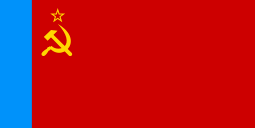
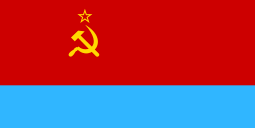
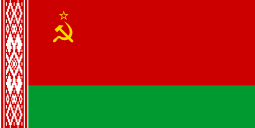
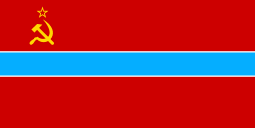
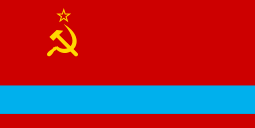
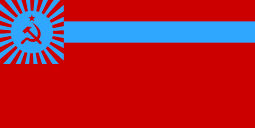
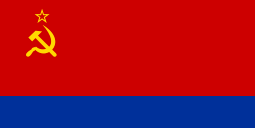
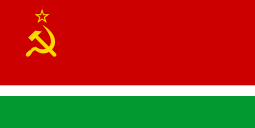

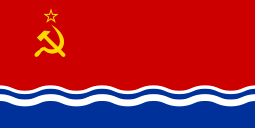
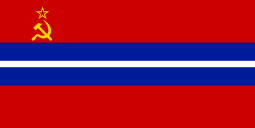
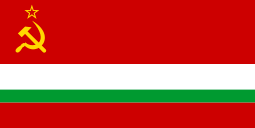
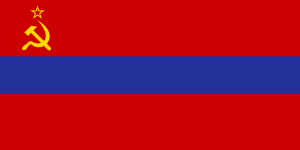
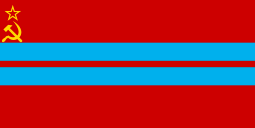
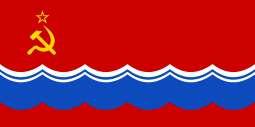
Supreme Soviets of the Autonomous Soviet Republics
- Bashkir Autonomous Soviet Socialist Republic: БАССР Юғары Советы
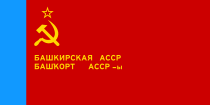
- Tatar Autonomous Soviet Socialist Republic: ТАССР Югары Советы

References
- ↑ Where nation-states come from: institutional change in the age of nationalism by Philip G. Roeder, p. 70
- 1 2 Perestroika-era politics: the new Soviet legislature and Gorbachev's political reforms by Robert T. Huber and Donald R. Kelley, p. 52
- ↑ Russian law: the end of the Soviet system and the role of law by Ferdinand Joseph Maria Feldbrugge, p. 192
- ↑ Ideology, Politics, and Government in the Soviet Union: An Introduction– Google Knihy. Books.google.cz. January 1, 1978. Retrieved 2016-11-26.
